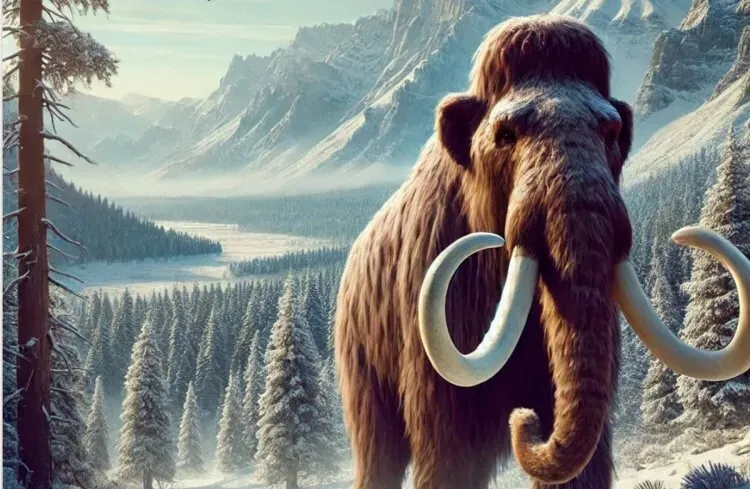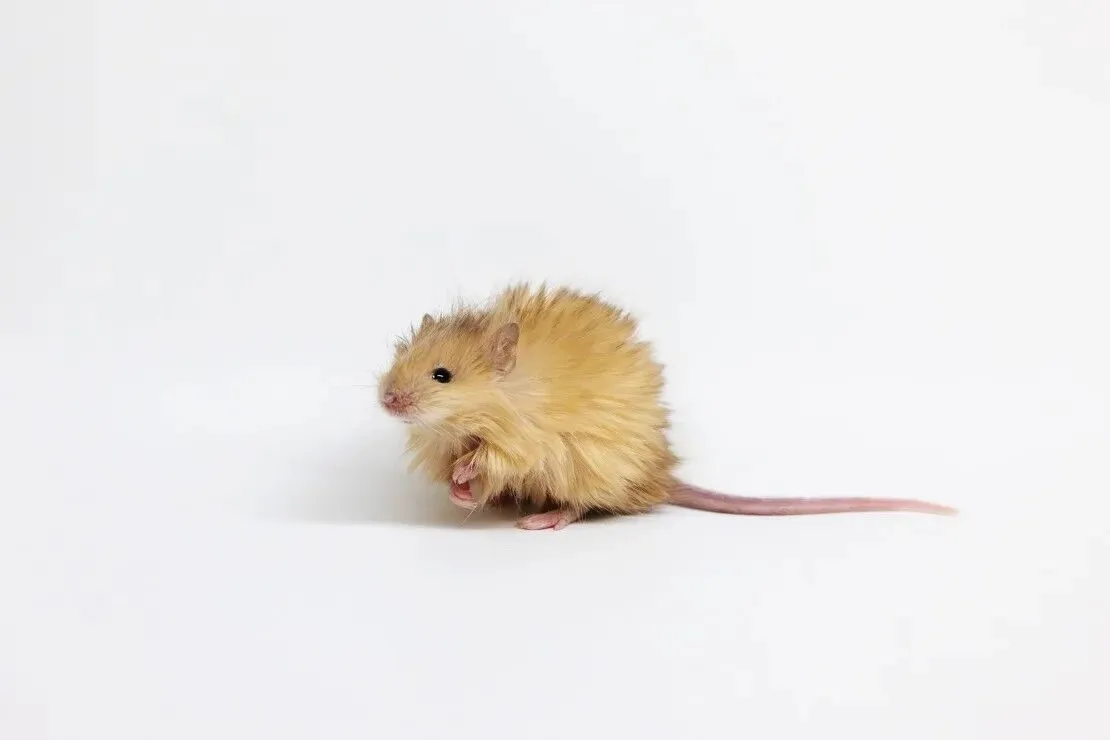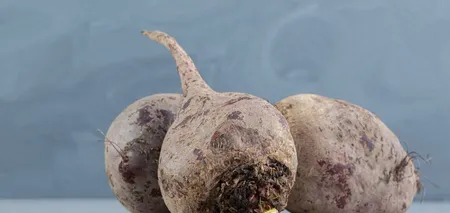News
The world's first hairy mice with mammoth DNA were created in the United States. Photo
Scientists in the United States have created the world's first hairy mice from mammoth DNA. According to experts, this is a step toward the return of extinct giants.
By comparing the genes of an ancient mammoth and modern elephants, Colossal Bioscience has "resurrected" the physical traits that once helped the furry giants thrive in cold climates. By altering just eight key genes, the mice were engineered to exhibit different colors, textures, lengths, and thicknesses of fur, DailyMail reports.
Colossal made a splash in the world of science in 2021 when it unveiled an ambitious plan to revive the woolly mammoth and later the dodo bird.
Since then, the company's scientists have focused on identifying key traits of extinct animals by studying ancient DNA to genetically "engineer" them into living animals, said CEO Ben Lamm.
However, scientific experts have mixed opinions about whether this strategy will be useful for conservation, AP writes.
"You're not really resurrecting anything or bringing back the ancient past," said Christopher Preston, a wildlife and environmental expert at the University of Montana.
Colossal scientists are determined, however. They looked at mouse gene DNA databases to identify genes related to hair texture and fat metabolism. "Each of these genetic variations is already present in some living mice. But we put them all together in one mouse," said Colossal's chief scientist Beth Shapiro.
"The hairy mouse is proof that our extinction reversal pipeline - from genomic analysis and mapping ancient DNA variants to physical traits, to making these genetic changes in an animal and observing the predicted changes - is successful," Dr. Shapiro added.
The scientists noted that they initially focused on mice to see if the process worked before potentially moving on to editing embryos of Asian elephants, the closest living relatives of woolly mammoths.
However, independent experts are skeptical of the idea of "stopping extinction." "You might be able to change the structure of the Asian elephant's hair or adapt it to the cold, but it won't bring back the woolly mammoth. It only changes the Asian elephant," said scientists from the University of Montana.
However, improvements in precision gene editing in animals may have other applications for conservation or animal husbandry, said scientist Bhanu Telugu, who studies animal biotechnology at the University of Missouri and was not involved in the new study.
Earlier, OBOZ.UA wrote that the first mouse with two biological fathers reached the age of majority: it is a breakthrough that gives gays a chance to have children.
Only verified information is available on the OBOZ.UA Telegram channel and Viber. Do not fall for fakes!






























